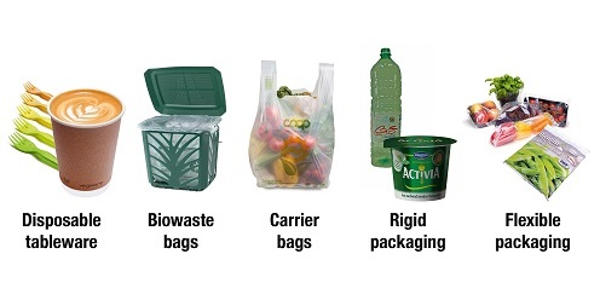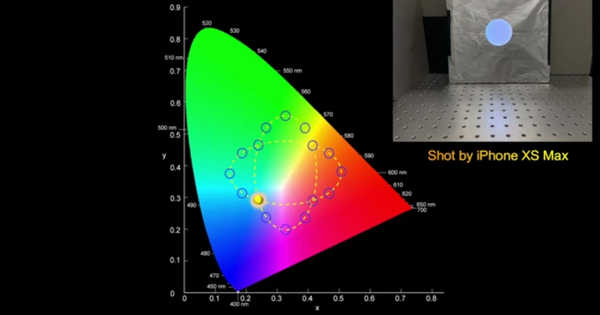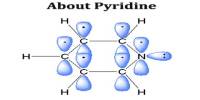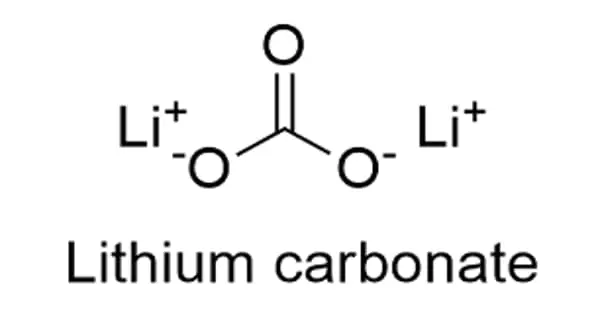Biodegradable plastics are plastics that can be decomposed by the action of living organisms, usually microbes, into the water, carbon dioxide, and biomass. These can be broken down completely into the water, carbon dioxide, and compost by microorganisms under the right conditions. Biodegradable plastics are commonly produced with renewable raw materials, micro-organisms, petrochemicals, or combinations of all three. These are designed to biodegrade in a specific medium (water, soil, compost) under certain conditions and in varying periods of time.
Biodegradation is the property of a material that can be completely converted into water, CO2, and biomass through the action of microorganisms such as fungi and bacteria. While the words “bioplastic” and “biodegradable plastic” are similar, they are not synonymous. Not all bioplastics (plastics derived partly or entirely from biomass) are biodegradable. Biodegradable plastics have the ability to be degraded by microorganisms present in the environment by entering the microbial food chain. Bioplastics that don’t biodegrade that quickly are called “durable,” and some bioplastics made from biomass that cannot easily be broken down by microorganisms are considered non-biodegradable.
There are two main types of biodegradable plastics:
- Oxo-biodegradable – Made by adding a small portion of fatty acid compounds of specific transition metals to traditional plastics.
- Hydro-biodegradable – Made from bio-based sources such as corn, wheat, sugar-cane, petroleum-based sources or a blend of the two.

Application
Biodegradable plastics can be applied in a range of useful ways. These are commonly used for disposable items, such as packaging, crockery, cutlery, and foodservice containers. They can be foamed into packing materials, extruded, and injection-molded in modified conventional machines.
In principle, biodegradable plastics could replace many applications for conventional plastics. However, this entails a number of challenges.
- Many biodegradable plastics are designed to degrade in industrial composting systems. However, this requires a well-managed waste system to ensure that this actually happens.
- Biodegradable plastics offer an ideal solution in many single- or short-term use applications: Organic waste collection and diversion, Agricultural and horticultural sectors, Food packaging, etc.
- Plastic items labelled as ‘biodegradable’, but that only break down into smaller pieces like microplastics, or into smaller units that are not biodegradable, are not an improvement over conventional plastic.
Plastics are a key material in modern life. They are versatile, light, and can be produced at a relatively low cost. A 2009 study found that the use of biodegradable plastics was financially viable only in the context of specific regulations which limit the usage of conventional plastics. Most biodegradable and compostable plastics are called bioplastic and they are generally made from plants rather than fossil fuels. For example, biodegradable plastic bags and shoppers have been compulsory in Italy since 2011 with the introduction of a specific law. For these bioplastics to be fairly and effectively biodegradable, their compostability needs to be confirmed according to international standards to make sure they can be handled in industrial composting plants.
Information Source:
















